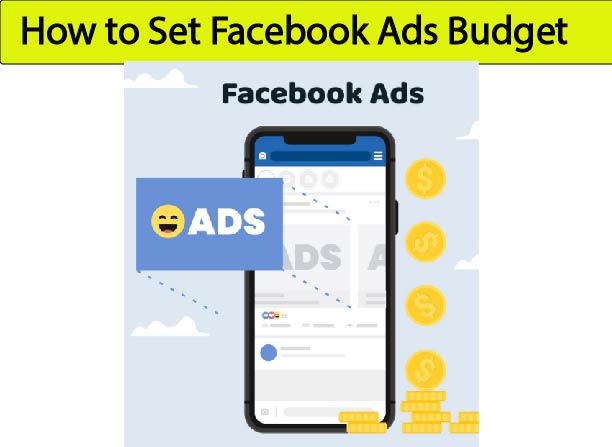In the constantly changing realm of online marketing, Facebook Ads continue to be among the most effective methods for engaging a select audience. But for numerous firms and marketers, there’s one key element: budgeting. Getting the correct Facebook Ads budget isn’t merely a matter of selecting a figure—it’s a plan that sets up your campaign for success or failure.
In this article, we’ll deconstruct the top 5 expert-recommended methods to set and optimize your Facebook Ads budget for maximum return on investment (ROI).
Set Clear Campaign Goals Prior to Budgeting
Before you even consider numbers, ask yourself:
“What do I want to accomplish with this campaign?”
Your campaign goal will dictate your budget. Facebook has various objectives—like brand awareness, traffic, lead generation, or conversions—and each has varying cost-per-result expectations.
Pro Tip:
Awareness/Traffic Campaigns: Smaller budget needed (e.g. $5–$10/day).
Lead Generation/Conversion Campaigns: Larger investment required due to higher competition and algorithm learning time (e.g. $20–$50/day minimum).
Start Small – Test, Learn, and Scale
If you’re running a new campaign or trying out a new audience, begin with a low budget. This helps you gather data without risking too much initially.
Recommended Starting Budgets:
New Ad Sets/Audiences: $10–$20/day
Retargeting Campaigns: $5–$10/day
Lookalike Audiences: $15–$25/day
After 3–5 days, review performance and budget up incrementally on top-performing ads.
Scaling Strategy:
Utilize Facebook’s “Campaign Budget Optimization (CBO)” feature to programmatically redistribute budget to the top performing ad sets.
Calculate Budget Based on Desired Results (Reverse Engineering)
Work backwards using reverse budgeting from your target.
Example:
Wanting 100 leads and having a cost per lead (CPL) of $5:
Required Budget = 100 leads × $5 CPL = $500
Divide this into the number of days for your campaign. For a 10-day campaign:
$500 ÷ 10 days = $50/day
This way, you can ensure your budget is performance-oriented and not blind guesswork.
Account for the Learning Phase – Budget Enough for Facebook to Learn to Optimize
Facebook Ads have a learning phase in which the algorithm experiments with delivery and targeting. To move past this phase without issues, your ad set must achieve at least 50 conversions weekly.
If you budget too little in this phase, Facebook will not gather enough data, and your campaign performance will be impacted.
Expert Formula:
50 conversions/week = ~7–8/day
If your target cost per conversion is $5, you require:
$5 × 8 = $40/day minimum
Never stop too soon at this stage. Let the algorithm learn and improve.
Apply the 70/20/10 Rule of Budget Distribution
An effective way to set your Facebook Ads budget wisely:
70% for Proven Campaigns
Put most of your budget into ad sets that are already performing.
20% for Testing New Audiences
Tap new interest groups, audiences, or behaviors.
10% for Experimentation
Experiment with entirely new ad creatives, copies, or formats (e.g., Reels, Instant Forms, etc.).
It’s this diversified strategy that keeps performance stable while unlocking unseen potential.
Last Advise
Creating a Facebook Ads budget isn’t about shelling out the most—it’s about shelling out strategically. You are whether you’re a small business, eCommerce store, or agency marketer. The trick is to test, analyze, and scale based on data-driven decisions.
By employing these top 5 tactics, you will not only stay within your means and avoid overspending but also get the most out of every rupee or dollar you spend on your campaigns.
Marketing Insider Tip from a 10-Year Marketing Pro:
Don’t pursue vanity metrics. Pay attention to cost-per-result, ROAS (Return on Ad Spend), and lifetime customer value when making budget shifts. The magic happens in the numbers.

